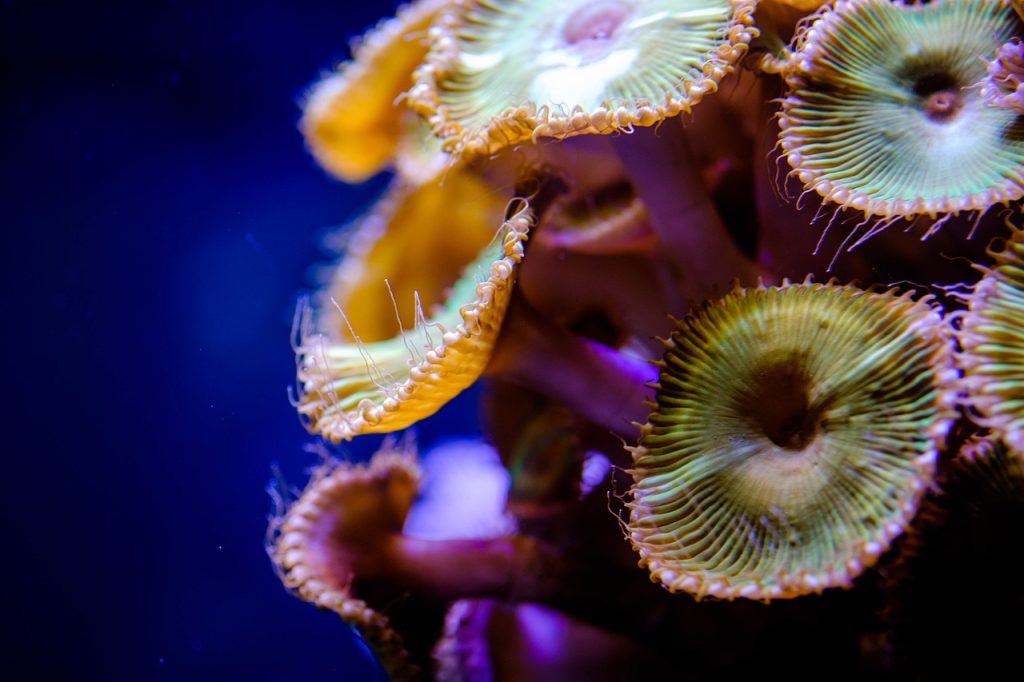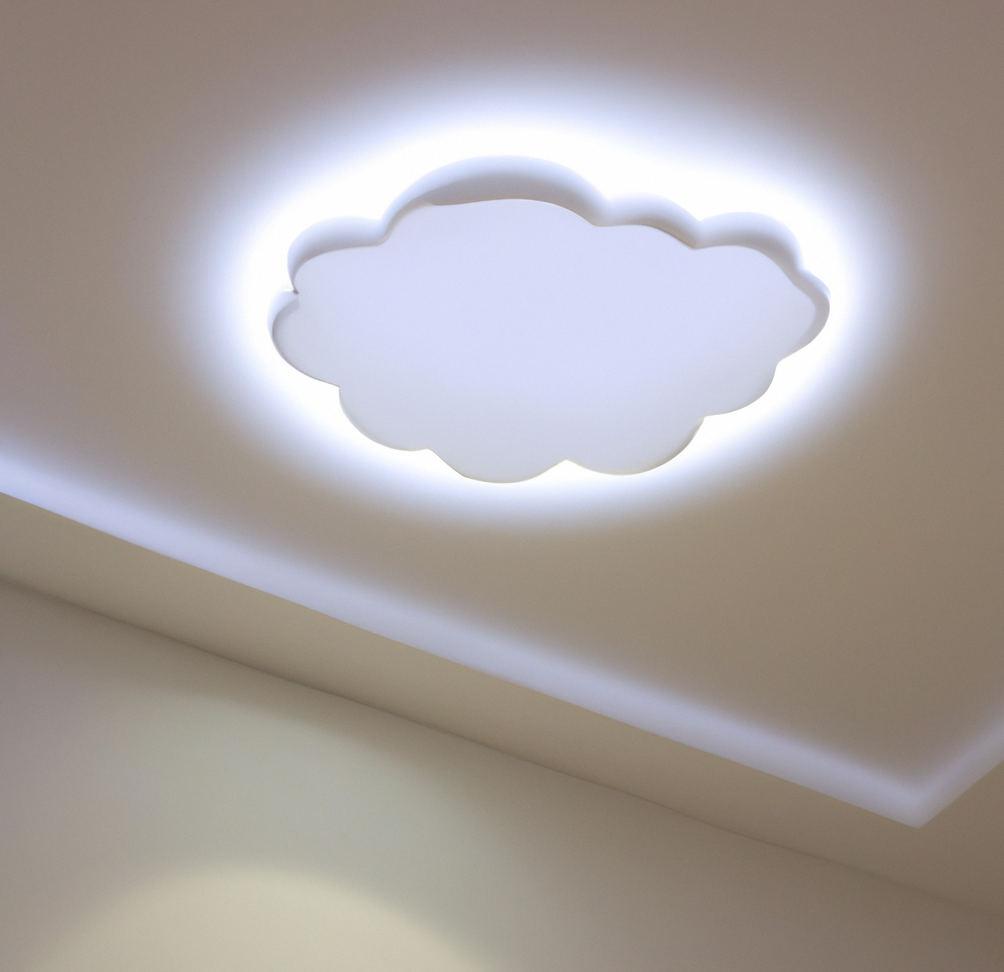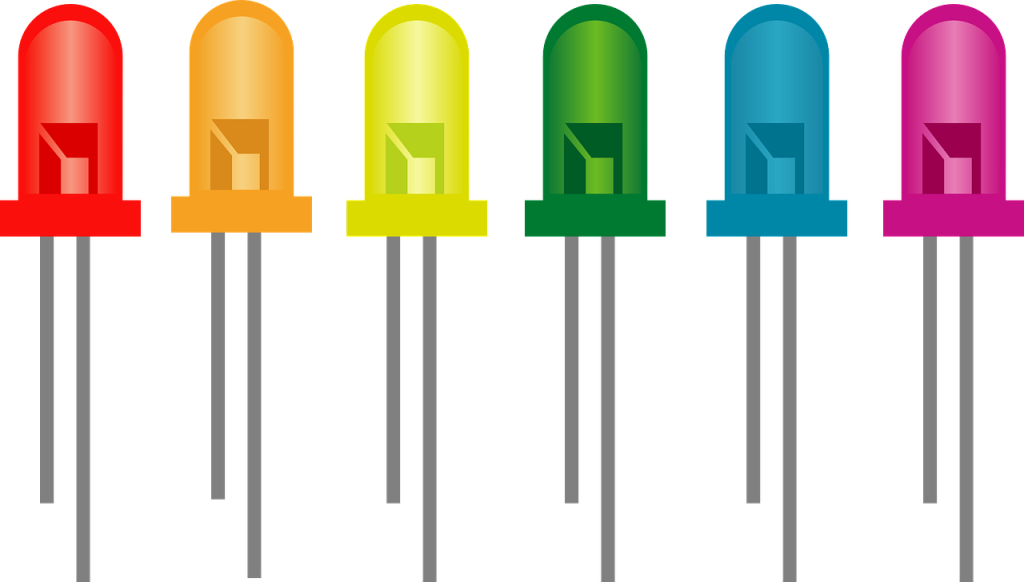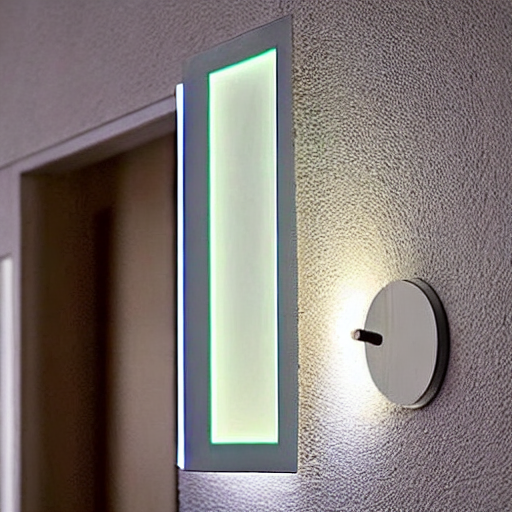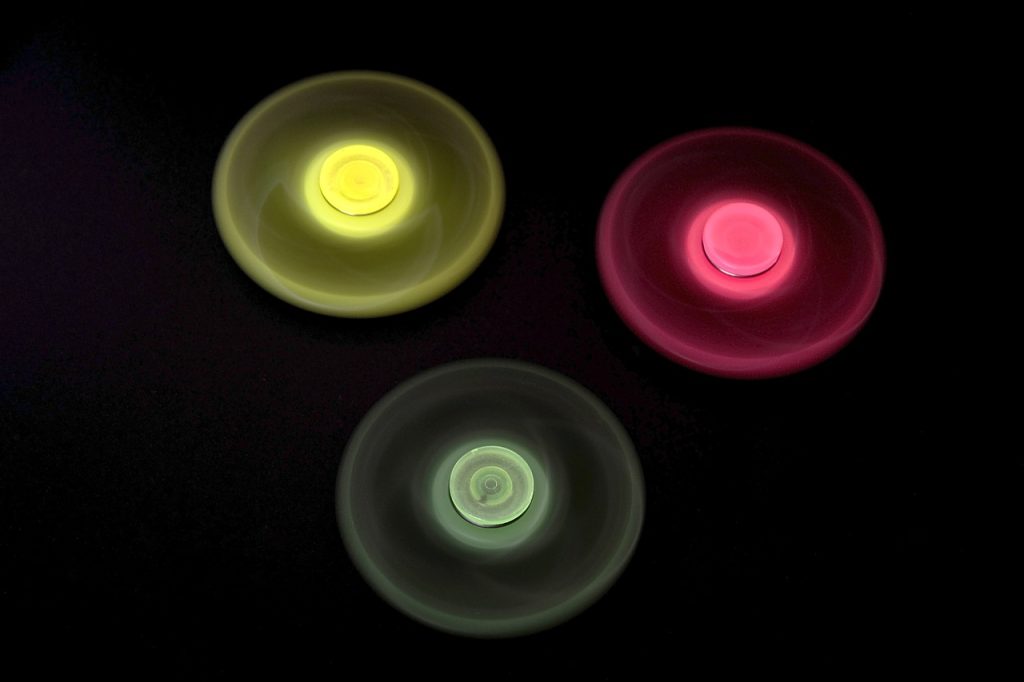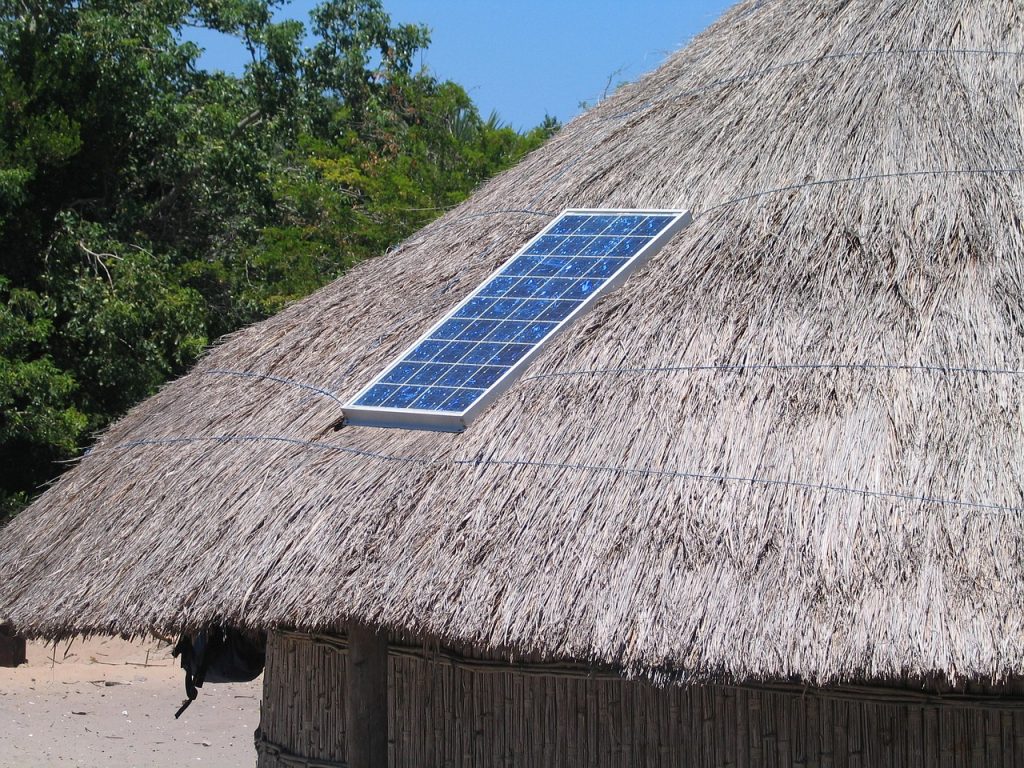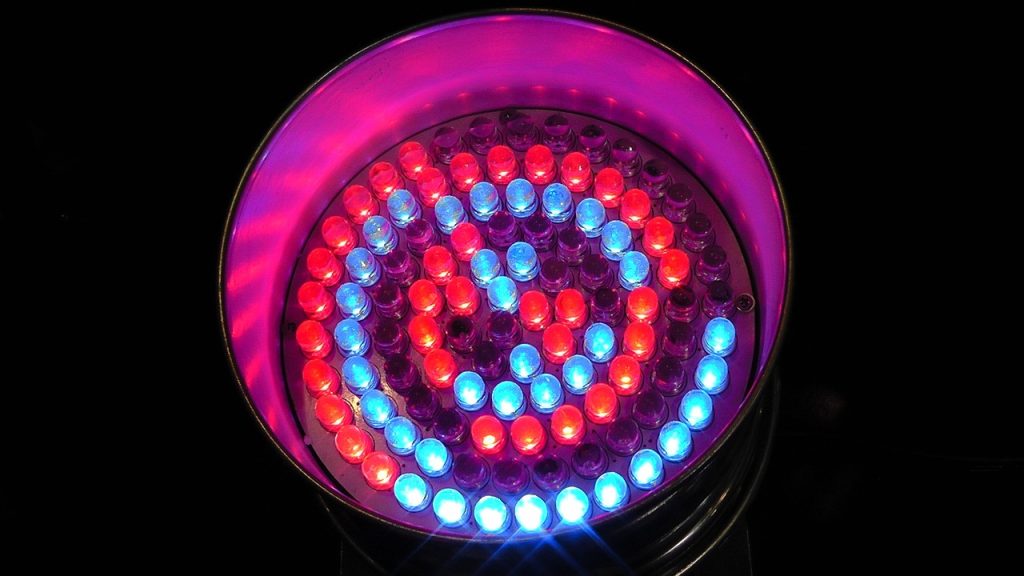If you have owned a fish tank, you know how hard it can be, and we thought we had figured it all out after we had our Arowana and stingray tank setup and running smoothly. So we wanted to try a new challenge, and saltwater tanks were waiting…. with a bit of a learning curve that we hadn’t expected. We thought we knew about parameters, but boy, were we wrong. But that’s another story for another day.
Thankfully, our tank was a reef tank, so we didn’t have to worry about fish but getting those frags to take hold and grow was one of the hardest things we’ve ever had to do.
With our experience making our previous LED build for our fish tank, we knew we would go down this route, but the variables were much higher in this tank. We immediately saw the differences our changes would make, and our projects had so many iterations. That’s why we put this guide together because if we can pass on a little of the knowledge we got, we thought it would be worthwhile to share.
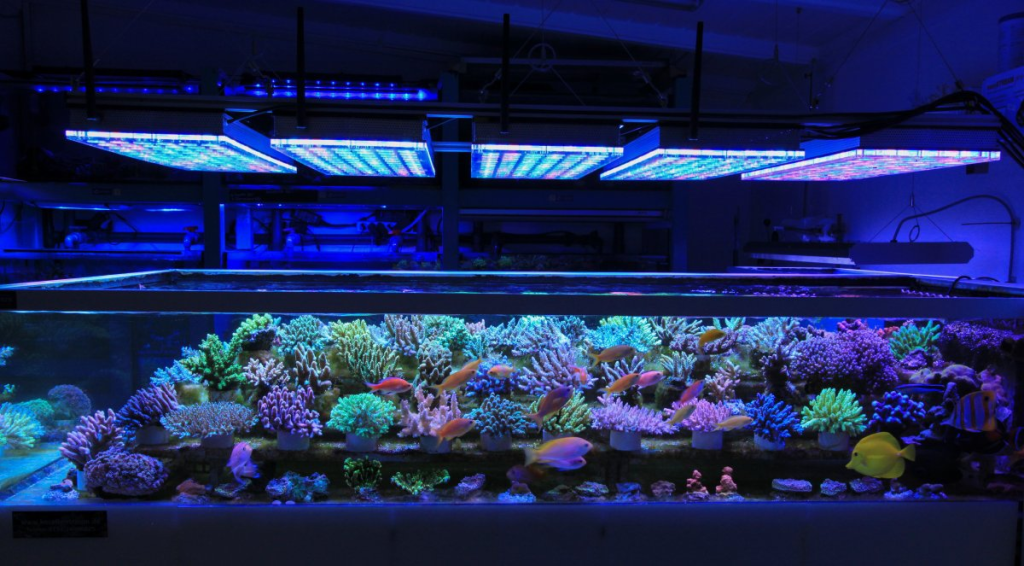
- What is coral reef lighting, and why is it important for the health of coral reefs?
- How can you create coral on LED lights in your home or office aquarium?
- What are the benefits of using LED lights for coral reefs ?
- How to make sure your coral reef lighting is effective
- Are there any negative effects of using LED lights on coral reefs?
- Conclusion
- Frequently Asked Questions
- What are LED lights?
- How do coral and LED lights work together?
- What are the benefits of using LED lights for coral?
- How do I choose the right LED light for my coral?
- How do I set up my LED light for coral?
- How do I care for my coral under LED lights?
- What are some common problems with LED lights and coral?
What is coral reef lighting, and why is it important for the health of coral reefs?
Coral reefs are among the most delicate yet essential ecosystems in the marine world. To ensure the health of these important undersea landscapes, it is vital to understand the fundamental needs of its inhabitants. One crucial factor in facilitating a healthy reef is providing adequate light. That is where coral Reef lighting comes into play. With this type of lighting, specialized bulbs emit wavelength spectrums most beneficial to the invertebrates living on and near the reef.

This spectrum mimics natural sunlight, providing nourishment and essential vitamins while repelling harmful UV rays. Adequate lighting can also prevent certain algae from overtaking coral which, if left unchecked, can starve them of important nutrients and create an imbalance in sea life populations. As such, coral reef lighting is one of many important tools for preserving and safeguarding these fragile systems against external threats and ensuring vibrant life continues to thrive around them.
How can you create coral on LED lights in your home or office aquarium?
Creating coral on LED lights in a home or office aquarium can be a rewarding and aesthetically-pleasing experience. The first step is ensuring that the tank has adequate water flow, which will help the corals survive and thrive. There should also be a variety of nutrient cycles for the corals to feed on, including detritus and dissolved organics in the water.
In addition, it’s important to provide a suitable environment for the corals: keep them out of direct sunlight, away from strong air currents, and try to recreate their natural light cycle. Once these conditions are met, you can set up bright LED lights—in various colors such as blue or white—to create an illuminating underwater world. It might take some trial and error before they give off the perfect light spectrum, but with time and patience, it’s possible to create a spectacular coral array with LED lights in your home aquarium.
What are the benefits of using LED lights for coral reefs ?
LED lights have several benefits for maintaining the health of coral reefs. Traditional lighting fixtures typically generate large amounts of heat and give off ultraviolet radiation, which can damage underwater ecosystems. On the other hand, LED lights produce far less heat and emit much lower levels of UV radiation, making them preferable for use in these situations. They also tend to last longer than traditional lights and require less energy, reducing their overall carbon footprint.
In addition, LED lights come in a wide range of colors and provide a softer, more focused light that won’t disrupt aquatic species like stronger lighting can. For these reasons, using LED lights for coral reef maintenance is increasingly becoming attractive.
LEDs are better suited to protect delicate marine environments and represent a more sustainable approach that reduces power consumption and could lead to long-term savings. Regardless of the context in which they are used, LED lights are thus proving invaluable in helping nurture our precious coral reef ecosystems worldwide.
How to make sure your coral reef lighting is effective
Lighting is a crucial component of any successful coral reef aquarium. Properly lighting a tank can ensure that the underwater environment remains lush, vibrant, and healthy. When shopping for aquarium lighting, there are several essential factors to consider. First, it is important to look for lights that are the appropriate color temperature for coral reefs—generally 6500K to 10,000K. Second, make sure that your light is strong enough to penetrate the full depth of your tank by looking for LED bulbs with high PAR (Photosynthetically Active Radiation) values.

Third, pay attention to what type of mounting system comes with the light; if possible, go for one with adjustable arms so that you can adjust the height or angle at which the light illuminates your tank quickly and easily. Finally, factor in thoughtful elements like timer settings and dimming capabilities so that you can create a more diverse ecosystem in your tank without having to monitor it manually constantly. By taking these steps when purchasing reef lighting, you can help ensure an effective underwater habitat.
Are there any negative effects of using LED lights on coral reefs?
Lighting is often a crucial component of eco-tourism, highlighting the many attractions of the ocean’s underwater world and making the reefs more accessible for scuba divers and snorkelers. Unfortunately, many lights used for underwater illumination today are still based on outdated technology, which can have damaging effects on coral reef ecosystems. In particular, the high-intensity light generated by traditional fluorescent bulbs can lead to increased photosynthetic efficiency in coral species, causing them to become cooler and weaken or die off.
LED lights offer an alternative solution, but it’s important to remember that even LEDs produce intense high-frequency light, which can cause corals to bleach if exposed for too long. Additionally, artificial lighting runs the risk of disrupting reef life by affecting the behavior patterns of nocturnal species that rely on darkness to thrive. It’s essential that all types of lighting used in marine environments are carefully managed with regard to both intensity levels and duration, thus reducing any potential negative impacts. Ultimately, whether LED or otherwise, it’s important that humans take responsibility and limit our use of artificial light while protecting these fragile marine habitats.
Conclusion
Coral reefs are one of the most diverse ecosystems in the world and play a crucial role in the health of our planet’s oceans. Unfortunately, coral reefs are under threat from some environmental stressors, including climate change and ocean acidification. One way to help protect these delicate ecosystems is by using energy-efficient LED lighting in home and office aquariums.
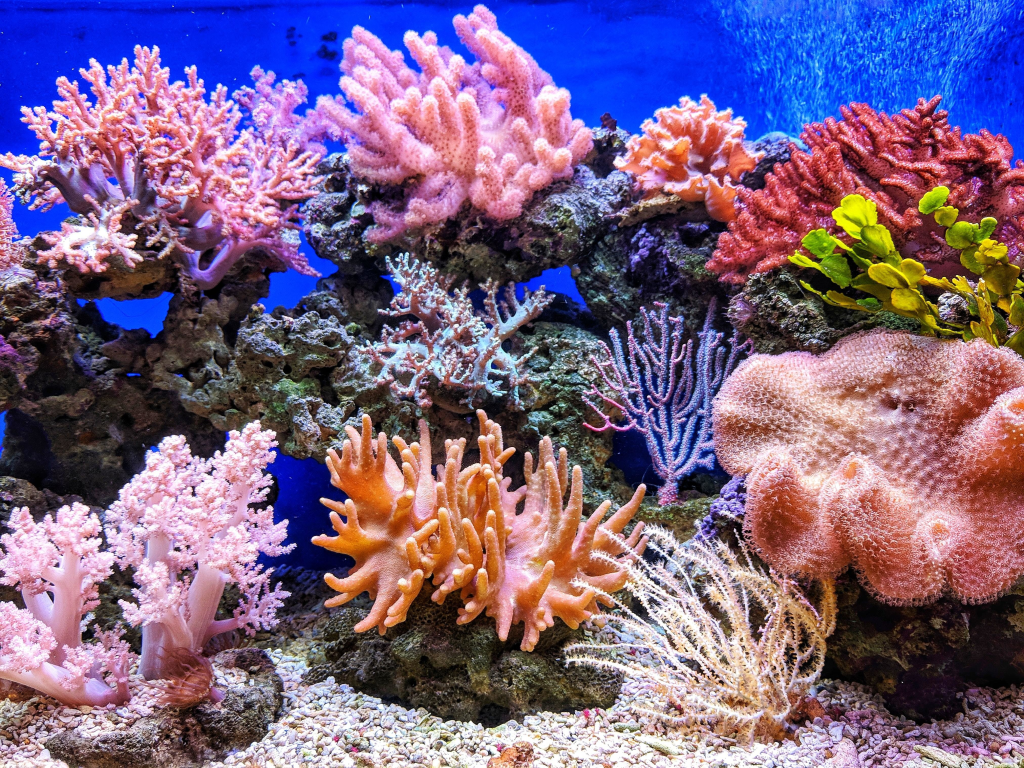
Not only does this reduce your carbon footprint, but it also provides many benefits for the health of your coral reef inhabitants. When choosing LED lights for your coral reef aquarium, consult an expert to ensure that you are selecting the best product for your needs. With proper care and maintenance, your LED-lit coral reef can provide years of enjoyment while helping to preserve one of Earth’s most important natural resources.
Frequently Asked Questions
What is coral reef lighting?
Coral reef lighting is a type of light used to illuminate coral reefs. It is often used in eco-tourism to highlight the many attractions of the underwater world and make the reefs more accessible for scuba divers and snorkelers.
What are LED lights?
LED lights are a light bulb that uses less energy than traditional light bulbs. They are also known as LED lamps or LED modules. LED lights are often used in aquariums because they create little heat and do not produce a lot of glare.
How do coral and LED lights work together?
LED lights offer an alternative solution to traditional fluorescent bulbs regarding underwater illumination. While both types of lights produce intense high-frequency light, which can cause corals to bleach if exposed for too long, LED lights are cooler and consume less energy than fluorescent bulbs.
Additionally, LEDs risk disrupting life on reefs by affecting the behavior patterns of nocturnal species that rely on darkness to thrive less than traditional lighting. It is essential that all types of lighting used in marine environments are carefully managed about both intensity levels and duration.
What are the benefits of using LED lights for coral?
LED lights offer several benefits for coral reef tanks when compared to traditional lighting options. Firstly, they consume less energy, which can help reduce your carbon footprint. LEDs also produce little heat, which is beneficial for corals as high temperatures can cause them to weaken or die. LED lights also create little glare, making viewing your coral reef tank easier. Lastly, LED lights have a longer lifespan than traditional light bulbs, meaning you will not have to replace them as often.
How do I choose the right LED light for my coral?
When choosing LED lights for your coral reef aquarium, it is important to consult an expert to ensure that you are selecting the best product for your needs. When choosing a LED light, some things to consider include the size of your tank, the type of corals you plan to keep, and the intensity of the light. It is also important to check that the LED light you choose is compatible with your aquarium’s voltage and wattage.
How do I set up my LED light for coral?
When setting up your LED light for coral, you must determine the type of light bulb used and the corresponding voltage and wattage. Once you have these measurements, you can find a compatible LED light that will fit your needs. Most LED lights come with adapters that will allow them to be used in various sockets, so be sure to check the dimensions of the light before making your purchase. When installing your LED light, make sure to follow the instructions provided by the manufacturer.
How do I care for my coral under LED lights?
When caring for your coral under LED lights, it is important to ensure that the light is properly installed and that the intensity levels and duration are carefully managed. It is also important to remember that LED lights offer several benefits for coral reef tanks when compared to traditional lighting options.
What are some common problems with LED lights and coral?
LED lights can cause corals to bleach if exposed for too long. Additionally, LED lights can disrupt life on reefs by affecting the behavior patterns of nocturnal species that rely on darkness to thrive less than traditional lighting.
